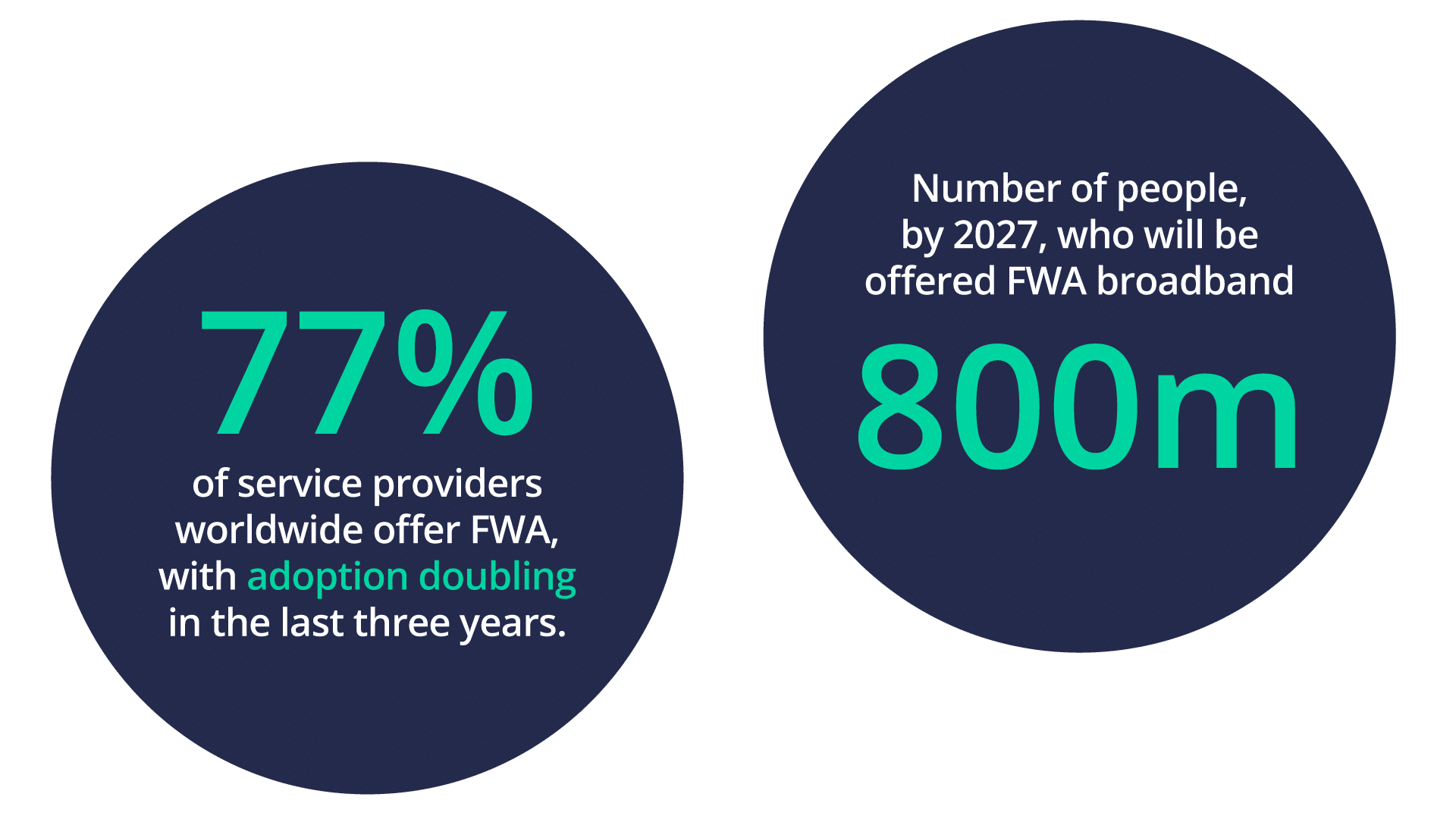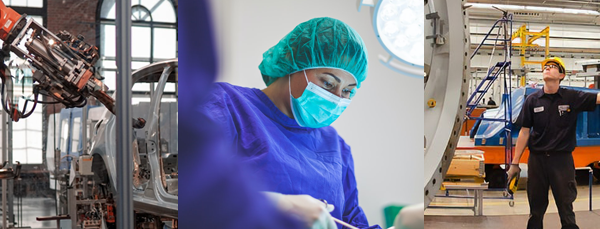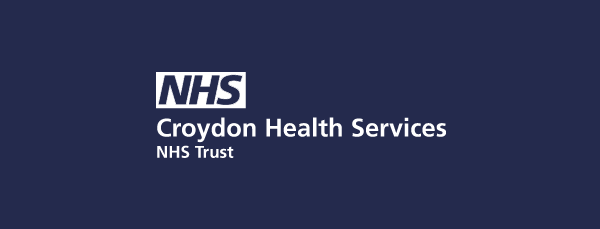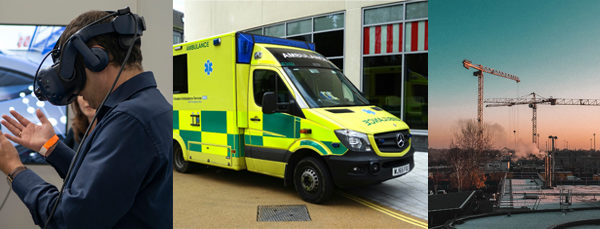Not only is it opening doors to new connectivity solutions that’ll change how we look at last-mile connectivity—it’s giving the world a way to close the digital divide.
How, you ask? Let’s start with some definitions.
What is Fixed Wireless Access?
Instead, FWA uses mobile networks and plug and play hardware to skip lengthy engineering works, and deliver last-mile connectivity to homes and businesses immediately, anywhere—all at a fraction of the cost.
Throw in a public static IP and businesses can set up VPNs, run servers, and keep connected with hosted products. And by using a multi-network service that can connect to all available mobile networks, applications have an extra layer of resiliency should one network go down.
What’s the difference between mobile broadband and Fixed Wireless Access?
But there are some key differences under the hood.
Mobile broadband is portable. It uses omnidirectional antennas to connect to the nearest cell tower, and jumps from tower to tower as you move with it. That portability is the important bit: it lets you create moving solutions, like our own connected ambulances.
On the other hand, FWA uses a directional antenna and router to provide really strong wireless broadband at a single location. This means you’ll get way lower latencies and much higher bandwidth than mobile broadband, making it perfect for data hungry setups that aren’t moving around. Like in homes or offices.
Fixed Wireless Access and the digital divide:
According to Ericsson, 77% of service providers worldwide offer FWA, with adoption doubling in the last three years. And by 2027 FWA will offer broadband to over 800 million people.

So while FWA has been instrumental in closing the gap between those who have access to the internet and those who don’t, we now need to consider the quality of their connectivity.
Because patchy, slow, internet is just as bad as no internet.
The new digital divide is all about those who can’t benefit from the internet in the same way others can.
– Job-seekers who can’t do job interviews via Zoom because their connectivity isn’t fast enough.
– Employees who struggle to work from home, compared to a colleague with a fibre connection.
– Remote students who can’t study, research, and collaborate in a way their better-connected classmates can.
– Rural patients who can’t get proper healthcare, because there just isn’t good enough internet access to connect with doctors in cities.
Here’s the thing: Fixed Wireless Access just can’t rival traditional broadband.
But you better believe 5G Fixed Wireless Access can.
5G Fixed Wireless Access: The ultimate solution
And it’s not just for those dependent on FWA for internet access. 5G FWA will have a knock-on effect on how we think of last-mile connectivity as a whole.
5G Fixed Wireless Access: The new last-mile
Getting started with 5G Fixed Wireless Access
Our intelligent 5G connectivity and plug and play solutions provide all of the benefits of fixed lines (and more), but none of the downsides.
Want to read more about intelligent 5G?

Not selling LTE-M connectivity? You should be

5G Fixed Wireless Access vs The Digital Divide

5G vs Wi-Fi 6: which is better?

Saving lives with IoT | Guest starring on The IoT Podcast

5G project progress: completing our 5G telemedicine solution platform

How 5G will change the telecoms landscape | Channel Live Virtual keynote

Why you need to prep for 5G in 2021

What is 5G network slicing?

Pangea lands NHS partnership for 5G healthcare project

Dr Arslan’s bite-sized IoT and 5G rundown on a podcast for kids

Everything you need to know about our new 5G router









Comments are closed.